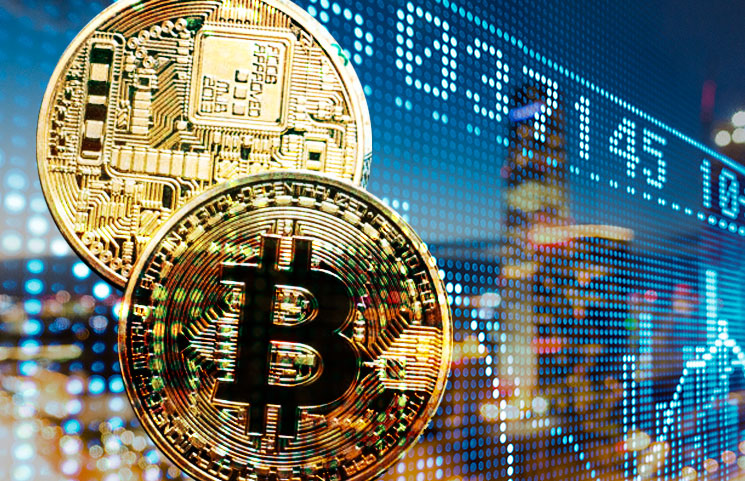
Bitcoin (BTC) has outperformed Gold and the S&P 500 Stock Index in 2020, but data show that crypto assets (virtual currencies) that are forked from Bitcoin have even higher performance. There is.
Cryptographic Asset Data According to data from the company Messari, the top three market capitalizations of Bitcoin forks (cryptographic assets created by splitting Bitcoin) are Bitcoin Cash (BCH), Bitcoin SV (BSV), Bitcoin Coin Gold (BTG).
Looking at the equal weighted index of the four crypto assets including Bitcoin using Trading View data, the performance from the beginning of the year is about 14 times higher than Bitcoin alone. Since the beginning of 2019, it has outnumbered Bitcoin by 435 points.
Individually, since the beginning of the year, Bitcoin SV has 61 points; Bitcoin Gold has 37 points, surpassing Bitcoin. Bitcoin cash had outperformed Bitcoin until May, but is now 11 points below Bitcoin.
Dramatic difference from Bitcoin
Some analysts are not surprised by this performance. Crypto assets with a modest market capitalization say “when the overall market is bullish, they tend to perform better than Bitcoin,” analysts at research firm Brave New Coin said, Aditya Das.
A similar trend was seen during the bull market in 2017, he said. Bitcoin and Bitcoin fork have reached their half-life in 2020, but are a bullish factor for some investors.
Larger returns carry greater risk, as is often the case when it reaches at Financial Peak. For bitcoin trading you can visit Crypto Revolution
According to data company Nomics, only Binance and Bitfinex, the industry’s top two exchanges by volume, are compatible with all the top three Bitcoin forks. Moreover, in Binance, the size of the Bitcoin cash spot market is only one-tenth that of the Bitcoin market.
In addition, Bitcoin Fork’s “liquidity and long-term value proposition” “is dramatically different, if any, from Bitcoin.”
Blockchain now and in the future
You may have seen such a phrase as “2017 is the first year of virtual currency!” With the revision of the law in April this year, the basis for the acceptance of virtual currencies by society can be said to have been established. In anticipation of that, Bitcoin, which is a representative of virtual currencies, had a price of about 50,000 yen per BTC last summer, but the price at the time of writing was around 500,000 yen, a 10-fold increase.
The technology behind the virtual currency is called blockchain. Originally invented to record cryptocurrency transactions, it is no longer the only application. Its application to various industrial fields, not limited to finance, has been widely studied, and it has become a major innovation field that attracts many start-up companies to government agencies.
Although blockchain technology is gaining a lot of attention in this way, the explanation of virtual currency is indispensable to reveal the whole picture. Therefore, I would like to first look at the history of the development of virtual currency.
Virtual currency without issuer
The history of cryptocurrencies began on January 3, 2009. Bitcoin was born. The inventor is a person called Satoshi Nakamoto, who left his name in a paper that explained Bitcoin at the time of its invention, but its identity is a mystery. Even now, well-known software engineering researchers and cryptographers are rumored that “that person is actually Satoshi Nakamoto?”, but the truth is uncertain.
Bitcoin has almost the same function as money, as it is expressed as a virtual currency. That is, you can send money to someone or have someone send you money. For example, if you send 0.01 BTC (bitcoin unit: BTC) to the secretary at a drinking party, you are about to pay about 5,000 yen. You can also save. You can either deposit it at a virtual currency exchange that acts as a bank, or use a software called a wallet to store Bitcoin at hand. And it is becoming available for the purchase of goods and services. From spring this year, major electronics retailers started accepting payments in Bitcoin, which was a big news.
On the other hand, there are some things that are different from the money you used to have. First, as you can see from “virtual”, there is no physical shape. In Bitcoin, the information “who has how much” does not be judged by the possession of tangible money, but only the numerical value recorded as data.
